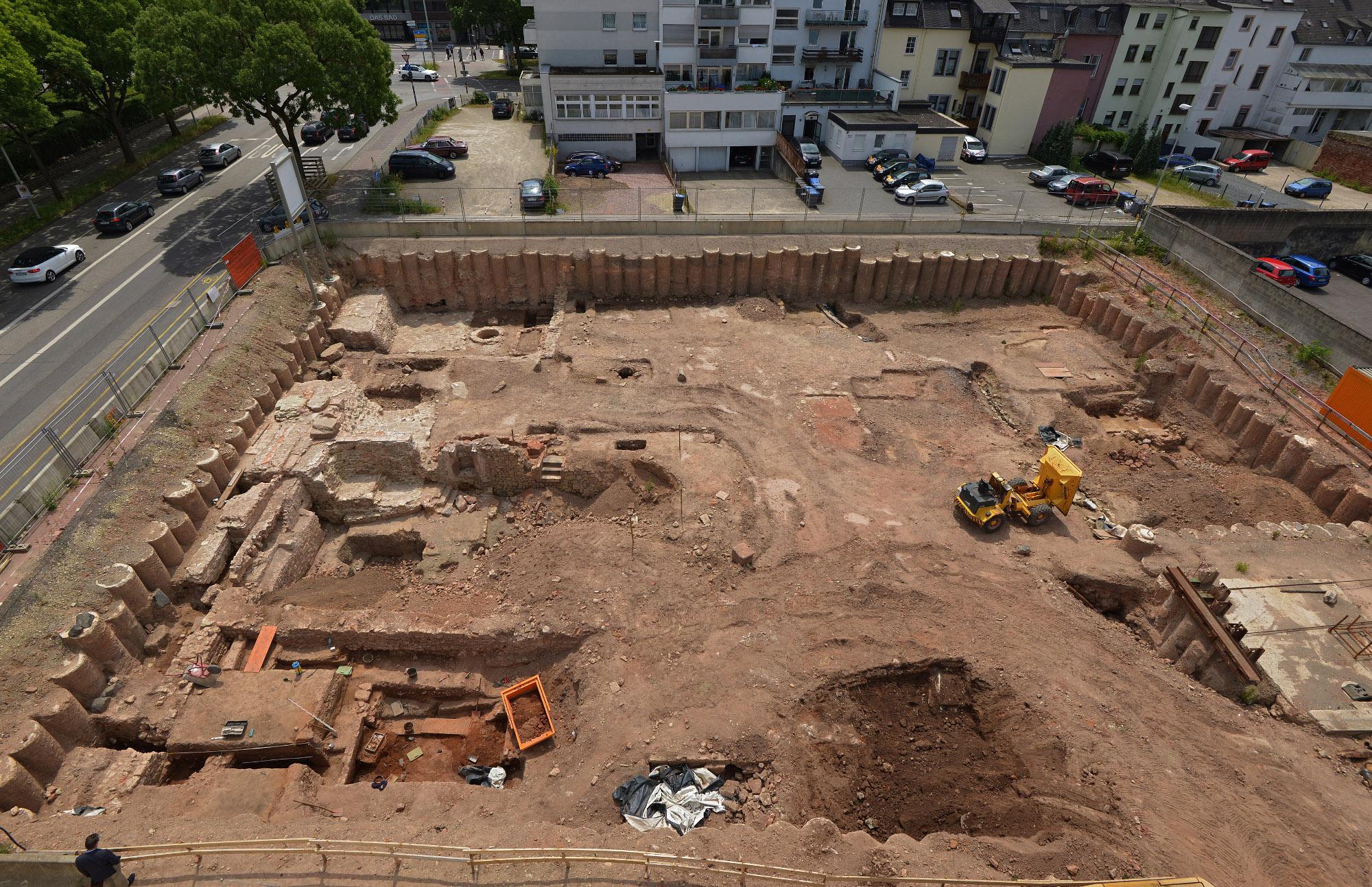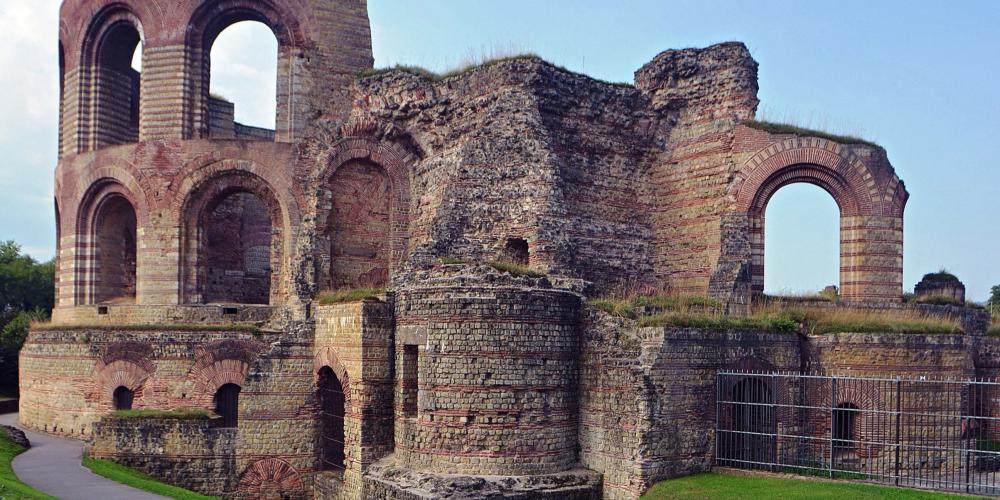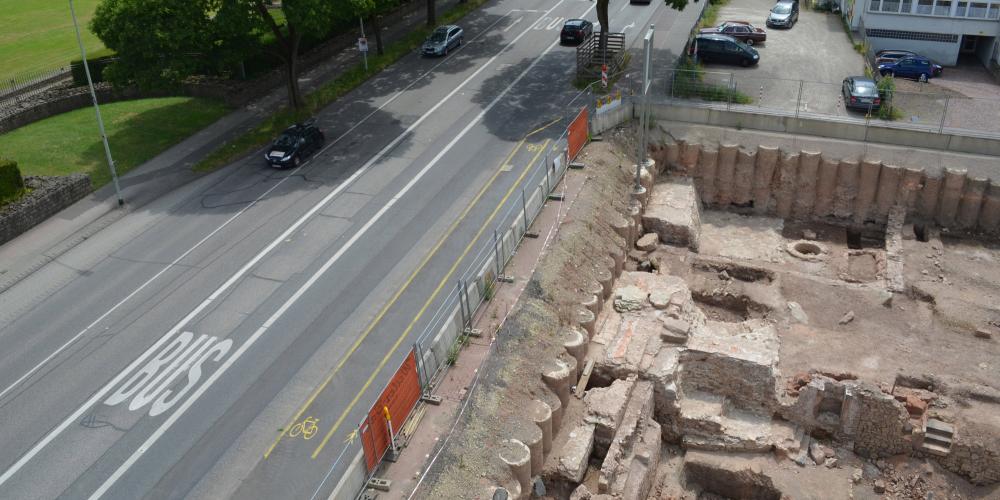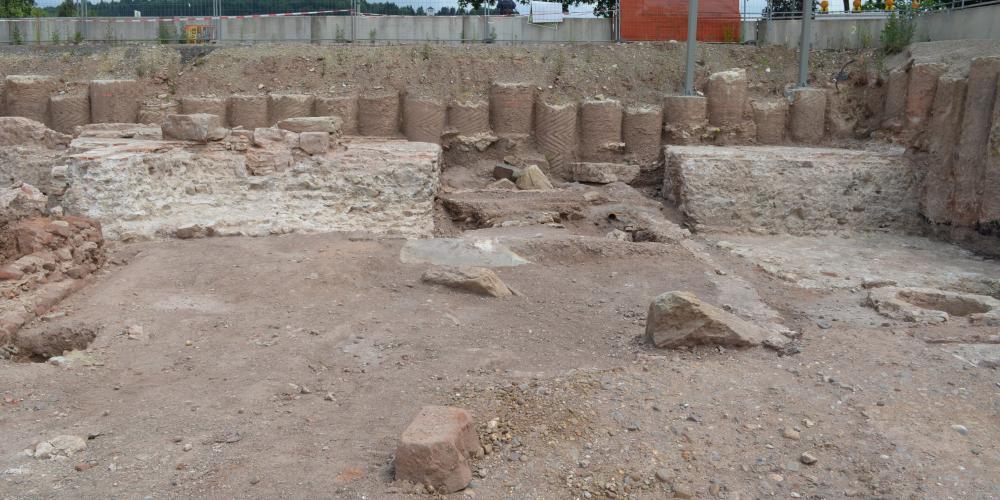Hidden in the ground – the gateway to the Imperial Baths (Kaiserthermen)

Due to Trier’s protected status an ancient site and World Heritage property, there is a strict process for obtaining building approvals in the city. The State Archaeology Branch Office (Landesarchäologie) is responsible for securing, researching and preserving archaeological remains in the Trier area and has an important role in reviewing all building applications in the city.
Once a building application is submitted, the State Archaeology Office examines whether the importance of the structure where the property is to be built. If there is evidence that valuable remains or remnants of historic building walls could be hidden in the ground, the State Archaeology Office must get to work and excavate.
Recently, an application for a new building complex near the Kaiserthermen (Imperial Baths) was submitted. This provided a unique opportunity to further explore the surrounding areas of the thermal bath complex that was built over 1600 years ago. The western section of the Kaiserthermen had previously been hidden beneath the surface, impossible to examine in detail.

The excavations of Kaiserthermen proved to be worthwhile. To the archaeologists' surprise, two massive foundation blocks emerged marking a monumental gate that was planned as an entrance hall for the grandiose thermal baths. Since the thermal baths were never completed, and instead were converted into an administrative building or barracks, the entrance hall was never finished. Nonetheless, its foundations remained in the ground. The impressively designed entrance area only became visible for the first time through the work of the State Archaeology Office, and therefore provided important insights for further exploration of the present-day UNESCO World Heritage Site.



